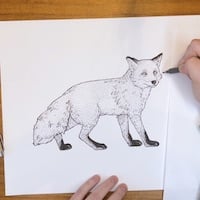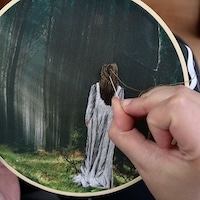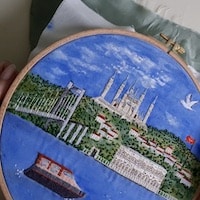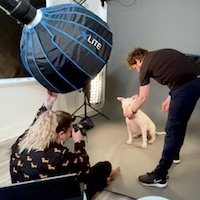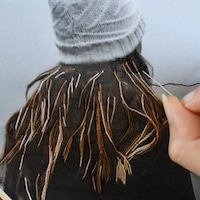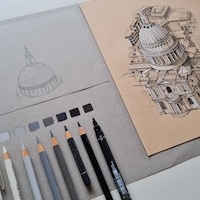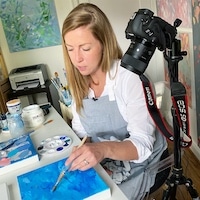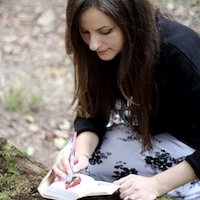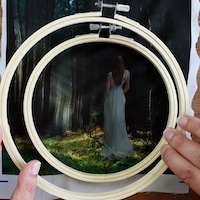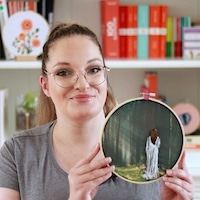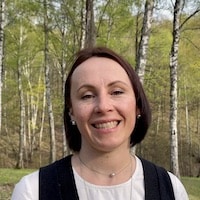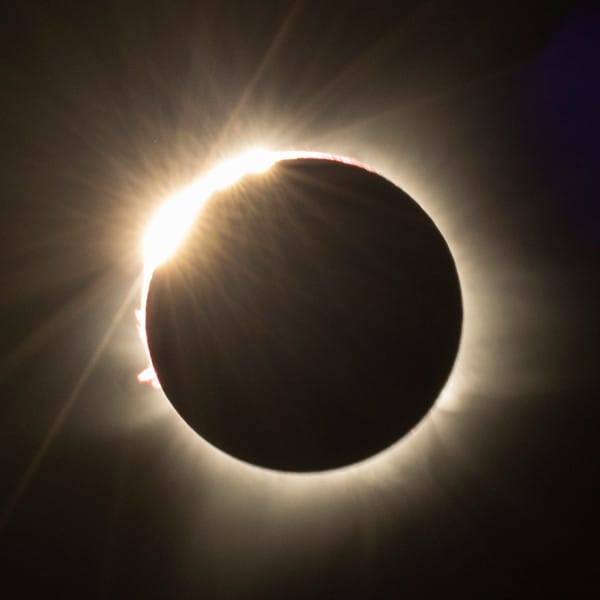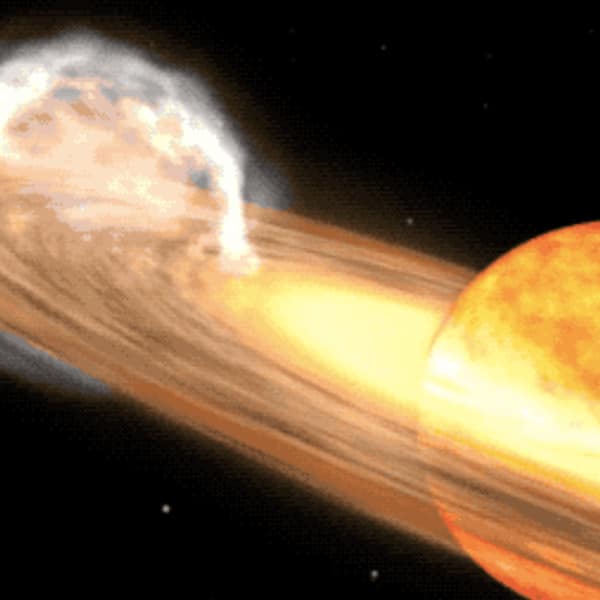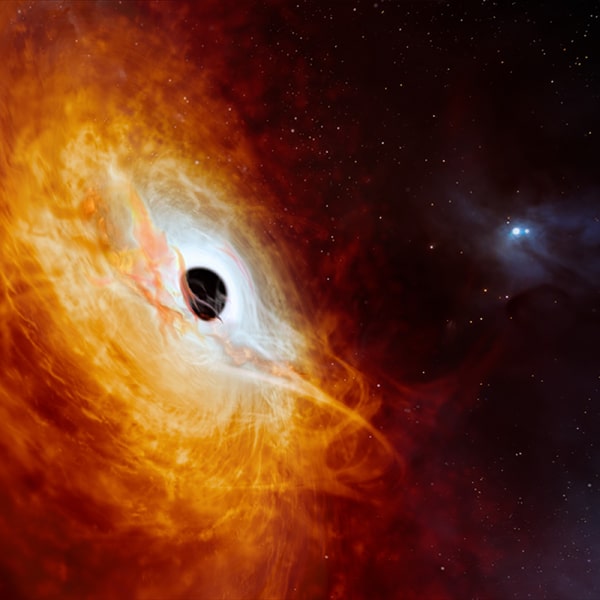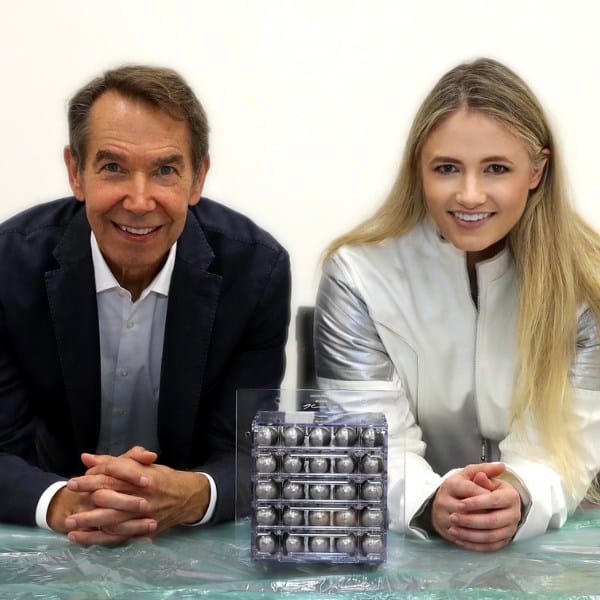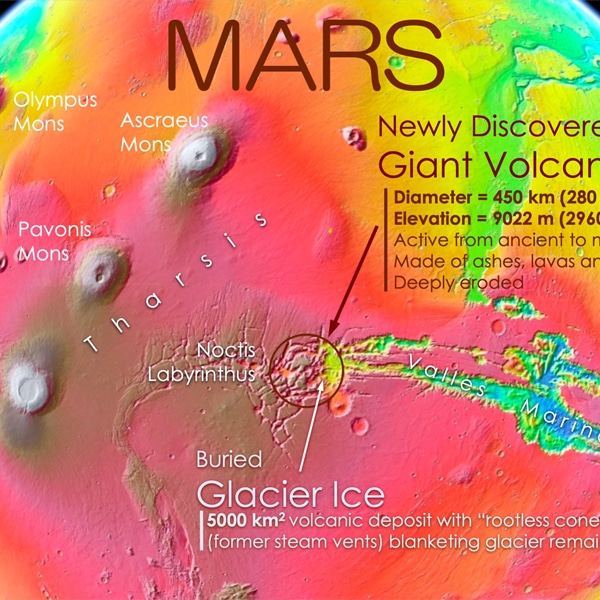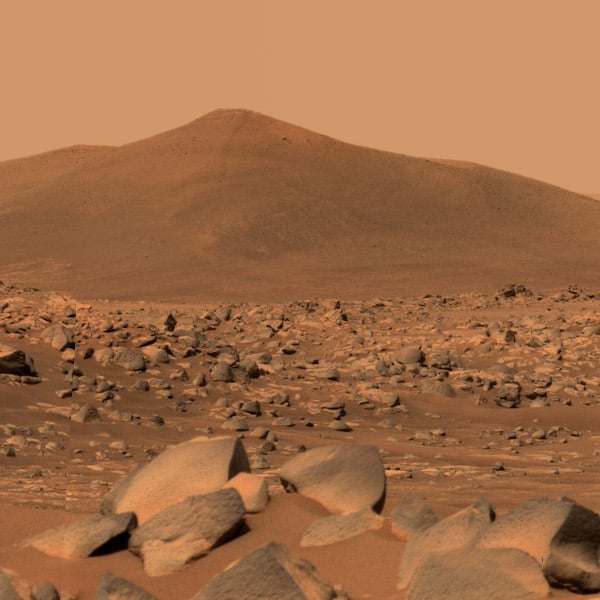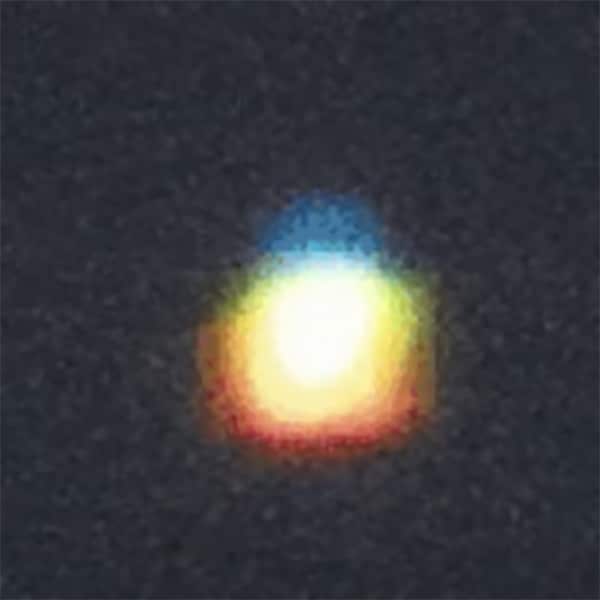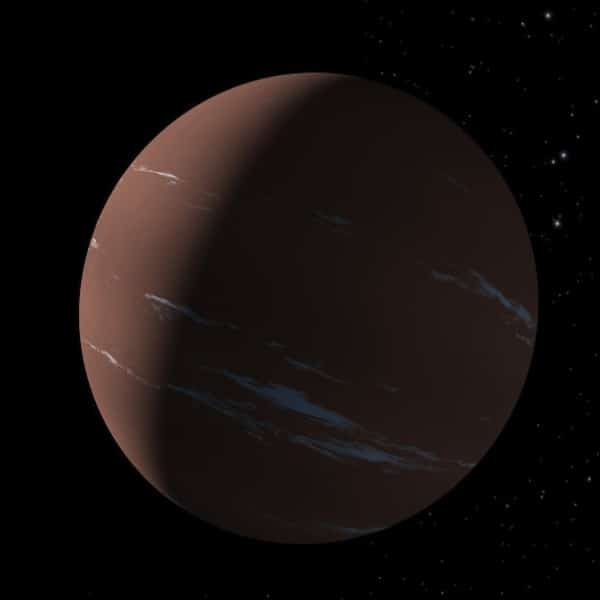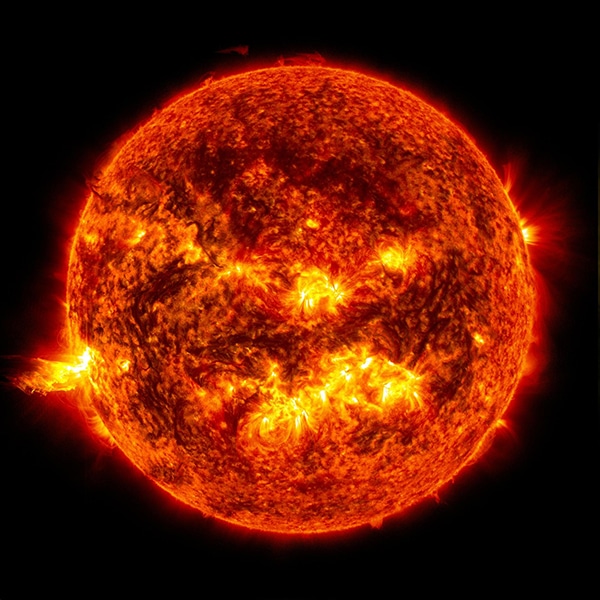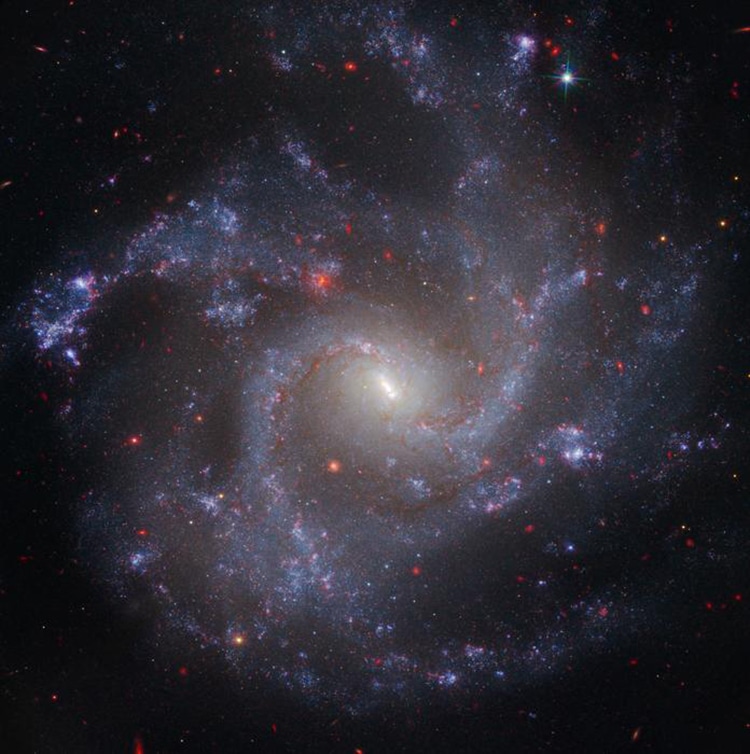
NGC 5468, a galaxy containing Cepheid variable stars. (Photo: NASA, ESA, CSA, STScI, Adam G. Riess (JHU, STScI))
From the moment of the Big Bang, our universe started expanding and has not stopped. By studying the red shift of far away galaxies, modern scientists have even determined that the pace of this expansion is increasing. Dark energy pushes this expansion, and astronomers and physicists have struggled to come to terms with what's known as the Hubble Tension. Named for the famed telescope that has been used to study the expanding universe, the conundrum is that, in the words of NASA, “the current rate of the expansion of the universe is faster than what astronomers expect it to be, based on the universe's initial conditions and our present understanding of the universe’s evolution.” This problem and what it says about gaps in our knowledge of the universe has recently been confirmed by researchers using the James Webb Space Telescope (JWST).
Until recently, there was some concern that the data—coming from the Hubble Telescope—which underlay the Hubble Tension could itself be flawed. If so, perhaps no true unexplainable problem existed. However, a study recently published in The Astrophysical Journal Letters lays this debate to rest. The study announced that by using the most superior modern techniques, they could eliminate “unrecognized crowding of Cepheid photometry” in Hubble's data as a cause of the mystery. “With measurement errors negated, what remains is the real and exciting possibility we have misunderstood the universe,” lead author and Nobel Prize-winner Adam Riess, a physicist at Johns Hopkins University, said in a NASA statement.
The rate of the expansion of the universe is known as the Hubble constant. However, at the outer reaches of our observable universe, this constant as predicted does not match what is actually happening. The Lambda CDM—the current governing system of measuring universe expansion by examining the cosmic microwave background—breaks down at these points. Another measuring system, used by the paper authors to confirm the Hubble Tension exists, is based on observing Cepheid variables. These are dying, pulsating stars whose light's red-shift can expose the past of the universe. The prior concern was that the further one goes back the cosmic ladder, the more these signals would essentially blur into one another, possibly skewing the data to create the tension.
By finding “no significant difference in the mean distance measurements determined from HST and JWST,” the study clarified the tension does in fact exist. “Combining Webb and Hubble gives us the best of both worlds. We find that the Hubble measurements remain reliable as we climb farther along the cosmic distance ladder,” said Riess. This leaves scientists with a problem of immense magnitude in their quest to learn the true origins and present state of the universe. Exactly how fast is it expanding? The JSWT is an essential tool in this study, as it continues to push the boundaries of human knowledge into the final frontier.
The new observations from the James Webb Space Telescope have confirmed just how much we still do not know about the origins of our universe.
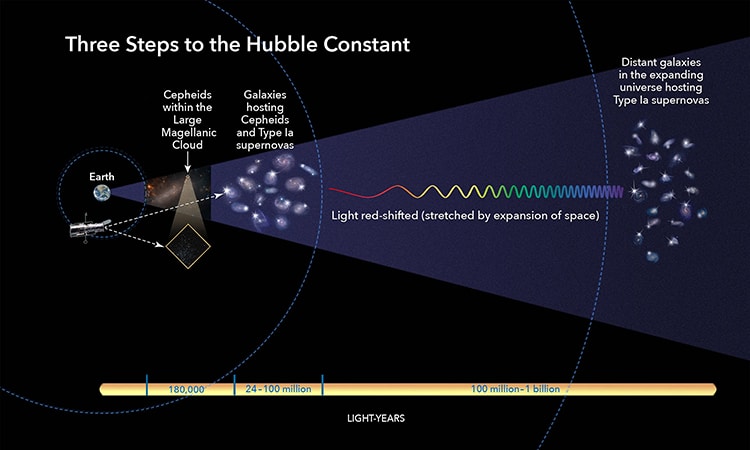
Showing how the Hubble constant is calculated. (Photo: NASA, ESA, and A. Feild (STScI))
The Hubble Tension is the name assigned to the problem of accurately understanding just how fast the universe is expanding and why it does not match what we know.
h/t: [Live Science]
Related Articles:
Newly Discovered Super-Earth Is Perfectly Placed To Have Water on Its Surface
Giant Volcano the Size of Mount Everest Is Discovered on Mars
Astronaut Takes Photo of Pyramids During His Last Day on ISS









